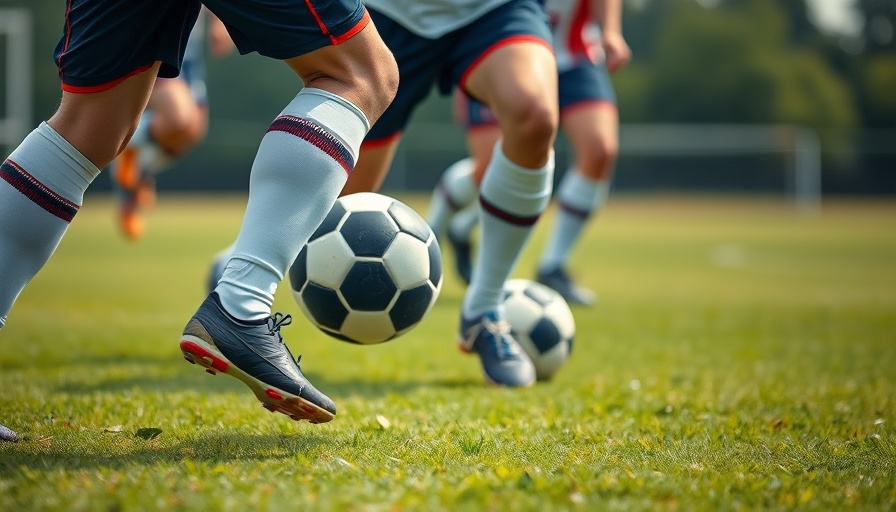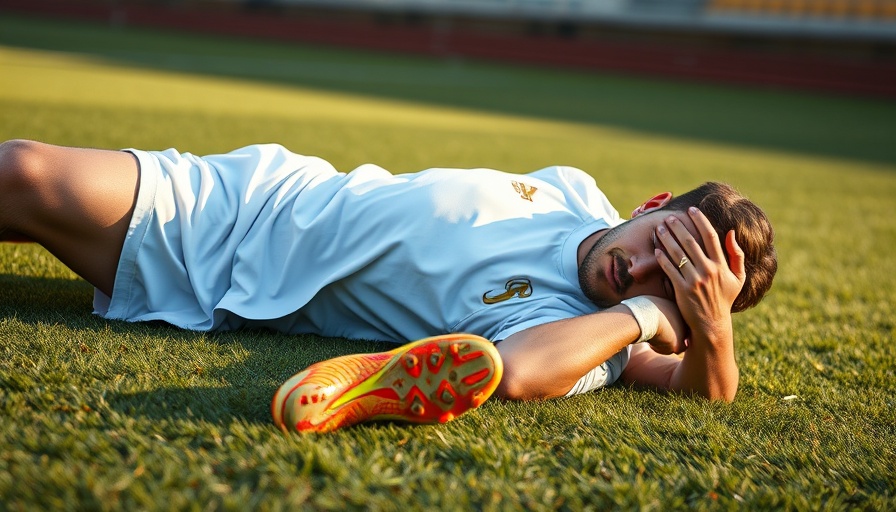
Understanding Your ACL: The Foundation of Knee Stability
The Anterior Cruciate Ligament (ACL) is a vital component of your knee, acting as the stabilizing force that keeps the joint functioning optimally. Located in the center of the knee, the ACL connects the femur (thigh bone) to the tibia (shin bone) and plays a crucial role in movement. It helps prevent excessive forward movement of the tibia, controls rotational forces during activities, and provides stability, especially in sports that require cutting, jumping, and directional changes, such as basketball, soccer, and football.
Given its critical functions, injuries to the ACL can be particularly debilitating for active individuals. Unfortunately, the ACL is one of the most commonly injured ligaments not just due to a high risk from sports activities but also because it has limited muscular support, making it susceptible to tears.
Why Does Recovery Take So Long After an ACL Tear?
When an ACL tear occurs, the road to recovery can seem daunting. Recovery times often range from six to twelve months, but several factors contribute to this extended timeline:
- Graft Healing: After surgery, the new graft must bond with the bone and fully integrate into the knee, a process that can take at least 12 weeks.
- Post-Surgical Swelling: Inflammation following surgery can reduce mobility and delay progress in physical therapy.
- Loss of Muscle Strength: Muscles surrounding the knee, such as the quadriceps and hamstrings, lose strength rapidly, impacting stability and function.
- Movement Retraining: Athletes must relearn how to move correctly to prevent new injuries, as improper biomechanics can lead to re-injury.
The Role of Physical Therapy in Recovery
For effective recovery from an ACL tear, a structured physical therapy program is essential. Collaborating with skilled Physical Therapists and Athletic Trainers can enhance recovery outcomes and prepare athletes to safely return to their sports.
Physical therapy following an ACL injury focuses on:
- Restoring Mobility: Therapists will first work to improve range of motion, essential for regaining functional movement.
- Rebuilding Strength: Strength training is vital for re-establishing the major muscle groups around the knee to ensure stability.
- Balancing Proprioception: Exercises designed to improve body awareness and coordination are incorporated to prevent future injuries.
Research supports the importance of sustainable rehabilitation practices, which elevate the likelihood of returning to sport and significantly reduce the chances of re-injury.
Complementary Strategies for a Holistic Recovery
Beyond physical therapy, athletes can explore various complementary approaches to enhance their recovery:
- Nutritional Support: Consuming a balanced diet rich in vitamins and minerals can expedite healing. Foods rich in protein, omega-3 fatty acids, and antioxidants are particularly beneficial.
- Mind-Body Connection: Techniques such as yoga and meditation can improve mental focus and reduce stress, fostering a positive recovery environment.
- Holistic Pain Management: Exploring chiropractic care or acupuncture may help manage pain and promote healing.
Important Considerations: When to Seek Professional Help
If you're experiencing persistent pain or difficulty with everyday activities, it may signal an underlying issue that requires professional intervention. Do not hesitate to consult with healthcare providers or specialists dedicated to sports injuries for a comprehensive evaluation.
Get Started on Your ACL Recovery Journey
Engaging in an effective rehabilitation program can make a significant difference in your recovery from an ACL tear. The sooner you start, the better your chances of returning to the sport and activities you love—whether that’s competitive athletics, hiking, or simply enjoying an active lifestyle.
Are you or a loved one struggling with an ACL injury? Don't let the recovery process sideline you longer than necessary. Start your journey toward healing today with expert physical therapy in Sterling, VA, at Loudoun Sports Therapy.
Call us today at (703) 450-4300 to schedule your evaluation and learn how our specialized team can help you regain strength and mobility, getting you back to doing what you love!
 Add Row
Add Row  Add
Add 




Write A Comment